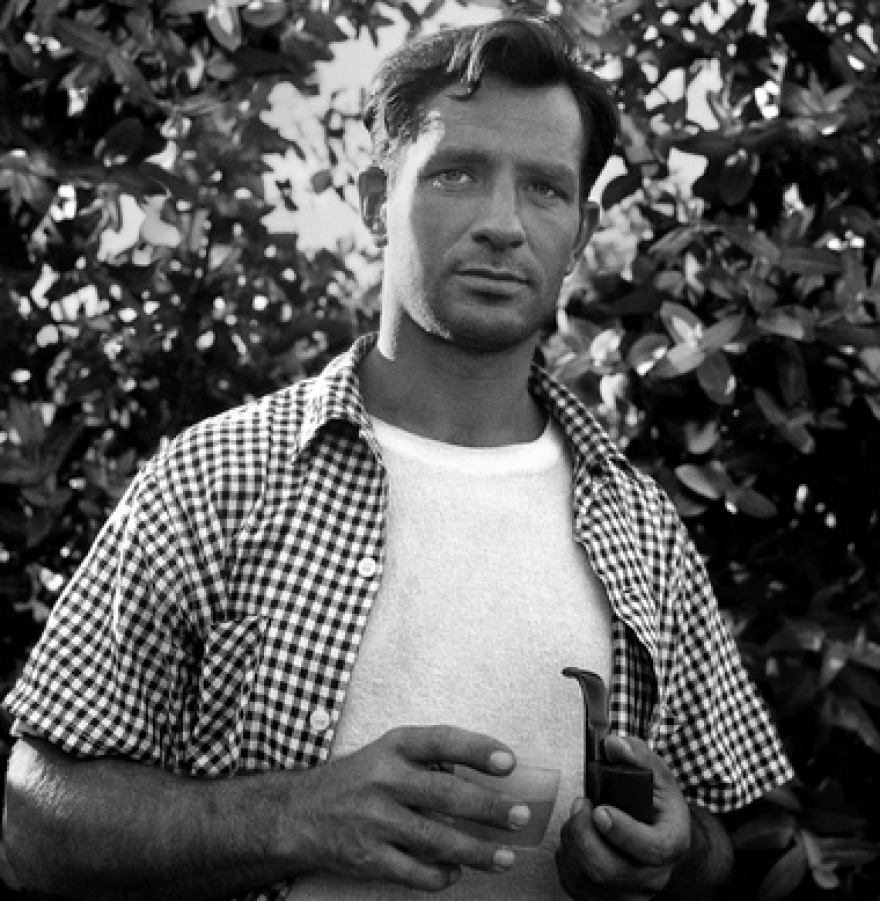food in literature- the dharma bums
I’m going to be honest with you and say that there isn't a lot of food to review here at boarding school; it’d feel kind of disingenuous to review dining hall food, and I don’t cook stir-fry more than 2-3 times a week. So I want to write more about food in media- and specifically, food in literature.
Jack Kerouac is my favorite writer. If you haven’t read On the Road, a classic of American literature which follows a young man’s travels across the continental U.S. (and Mexico), you should. It offers an unfiltered view into travel and American culture, and when I read On the Road for the first time on vacation with my family, my perspective was forever altered. The book is based around Kerouac’s travels with Neal Cassidy, and replaces real names with fake ones (Jack becomes Sal, Neal becomes Dean, etc). The Dharma Bums, a proto-sequel to On the Road which follows similar characters in their search for Nirvana (also based on Kerouac’s travels), is actually, in my opinion, a far better-written book. Like On the Road, the book explores themes of personal growth and the personal search for meaning. The books both take stabs at commercialism, and appear to favor Eastern philosophies to Western ones. However, throughout their journeys across the U.S., the hitch hiking “bums” often find unity around food. For me, eating in Kerouac’s work becomes a grounding act, bringing us back down to earth and humanity amidst the author’s confusing mystical musings, frightening tales of the homeless experience, and powerful scenic descriptions. I want to point to this paragraph in particular from The Dharma Bums:
“At dusk Japhy lit a good big fire and started supper. We were very tired and happy. He made a soup that night that I shall never forget and was really the best soup I'd eaten since I was a lionized young author in New York eating lunch at the Chambord or in Henri Cru's kitchen. This was nothing but a couple of envelopes of dried pea soup thrown into a pot of Water with fried bacon, fat and all, and stirred till boiling. It was rich, real pea taste, with that smoky bacon and bacon fat, just the thing to drink in the cold gathering darkness by a sparkling fire. Also while pooking about he'd found puffballs, natural mushrooms, not the umbrella type, just round grape-fruit-size puffs of white firm meat, and these he sliced and fried in bacon fat and we had them on the side with fried tice. It was a great supper. We washed the dishes in the gur-eling creck. The roaring bonfire kept the mosquitoes away. A new moon peeked down through the pine boughs. We rolled out our sleeping bags in the meadow grass and went to bed early, bone weary.”
I think that this paragraph is more than just a simple indulgence in describing a well-remembered meal. Here, Kerouac utilizes food’s unique literary capacity to combine sensory pleasure and personal meaning. He recalls the simplicity of the meal, and brilliantly describes the experience of it's preparation. He compares that dish to other meals he'd eaten, alluding to the capacity for even simple dishes to turn out better and more meaningful than complex and expensive ones (which, of course, relates to the themes of the novel). And, in a manner which honestly made me hungry while reading, he uses a thorough sensory exploration of the meal to offer the reader a window into his state of nature-driven euphoria.
On the Road and The Dharma Bums don't really have unifying morals or thematic structures the way a work by Shakespeare or Oscar Wilde might; you have to appreciate the little scenes, the little paragraphs, the little details and writing nuances which distinguish Kerouac from other authors. His descriptions of American capitalism may indicate deep problems with industrial society, and his descriptions of drug use may indicate serious internal conflict; but his descriptions of food simply seem to say, “Look at this beautiful meal. Look at the beautiful landscape. All is well. Life is wonderful.”
If you'd like to read Kerouac, or if you'd like to talk about food, hit me up at @chasedobber on Instagram. Peace.
Image credits: Walter Lehrman Photograph Collection / Utah State University Merrill-Cazier Library
